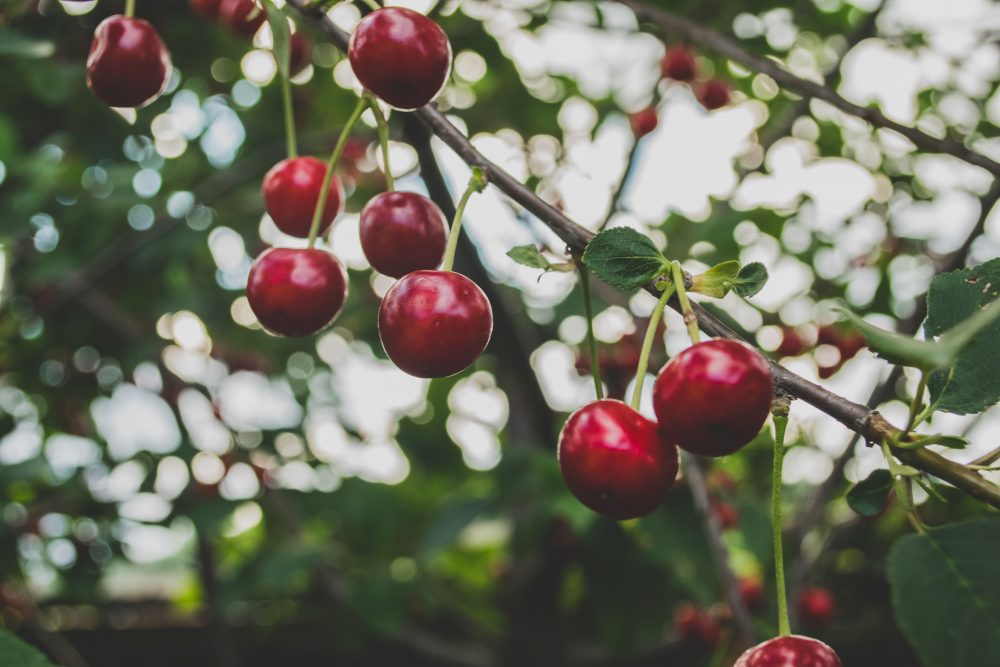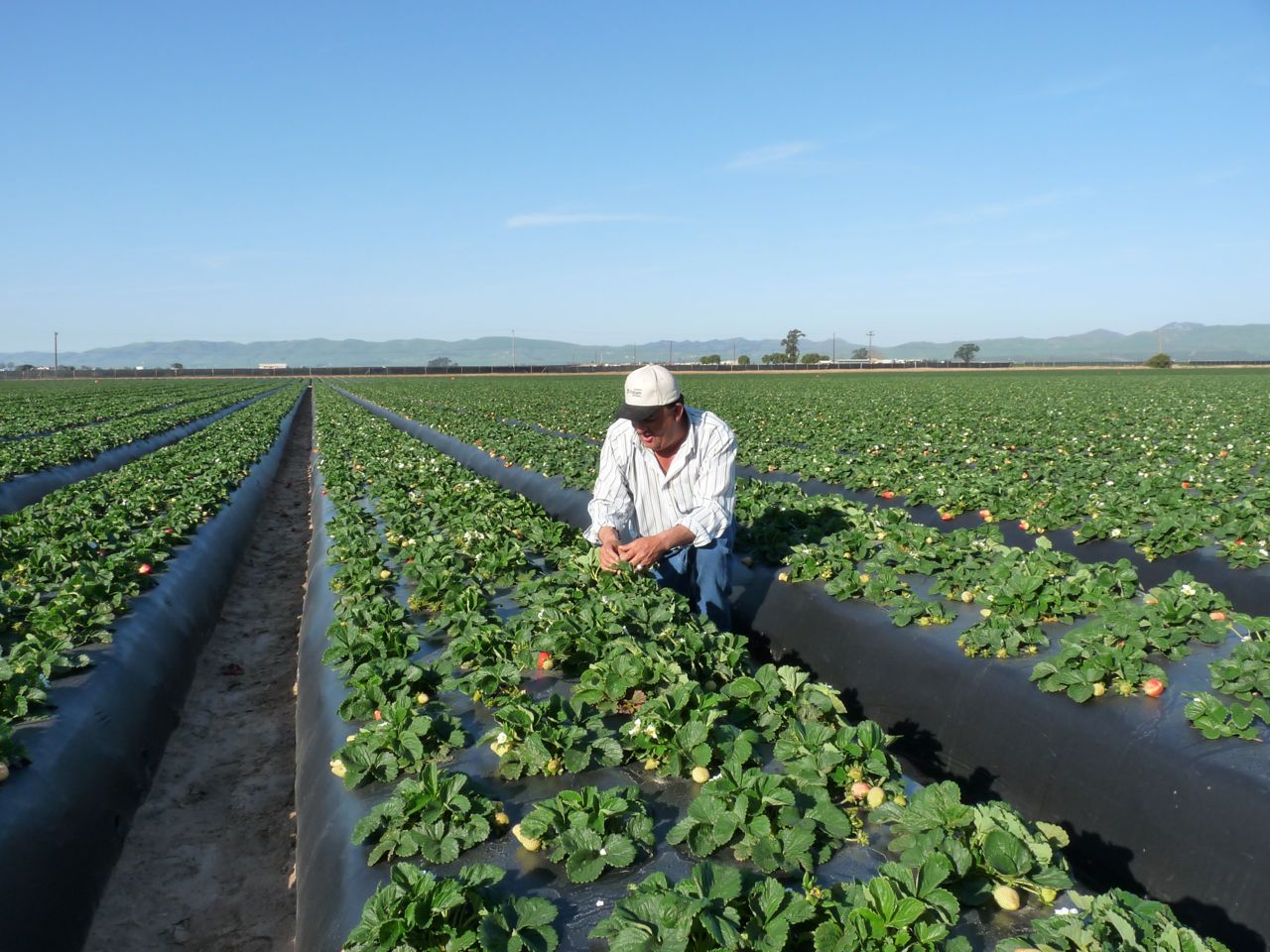Uniqueness of California Wheat Industry
California Wheat Growers Farm Every Class of Wheat
By Brian German, Associate Broadcaster
Wheat is a primary crop for many producers, along with being a valuable rotational crop that helps manage disease and improve the condition of the soil. Wheat production is an important aspect of the economics of farming in California. Nick Matteis is the Executive Director for the California Association of Wheat Growers. Having finished planting last month, California wheat growers are pleased with the amount of rainfall already coming to California.
“Soil moisture is key for having a good start on the wheat-growing season. … It’s the best start you could ask for as far as growing season goes,” Matteis said.
The average wheat production in California is 1.1 million tons annually and is most often used within the state for both human and animal consumption. Nearly a quarter of that total is exported. Between 2010 and 2014, an average of 47 percent of the common wheat planted in California was used for silage, forage, green chop or hay. California wheat also has some characteristics that sets it apart other states.
“We have both irrigated and non-irrigated acreage in this state which is sort of unique compared to most other wheat-growing regions in the country. Most of it’s rain-fed; what we call dryland farming,” Matteis said.
The irrigated wheat acreage in the state also provides “the highest yields in the country, like tons per acre versus bushels, which is how most of the other wheat producing states would measure it,” Matteis said. This quality also contributes to the production of high protein wheat.
California growers planted close to 470,000 acres of wheat in 2015, with a farm value of nearly $125 million for grain produced. It appears that 2016 saw an increase in plantings. “Right now, I think the guesstimate is somewhere between 500,000 and 600,000 acres are planted in wheat,” Matteis said.
The two main types of wheat grown in California are hard red winter wheat and durum wheat, but growers also produce multiple other varieties. “We grow every class of wheat, which we’re one of the only states that actually does that. You’re talking Hard Red Winter, Hard Red Spring, Hard White, Soft White. We have the Desert Durum which is really popular for the pasta makers in the world,” Matteis said.
The hard red varieties are classified as winter wheat because of the timing of when it enters the market. Winter wheat is grown throughout the state, with the majority of production coming from areas located in the San Joaquin Valley, where Fresno, Kern, Kings and Tulare counties dominate production.
Desert Durum is a registered certification mark owned by the Arizona Grain Research and Promotion Council and the California Wheat Commission. Durum is the hardest of all the wheat varieties, with a high protein content and white bran. Its most often used to make pasta, couscous and some types of Mediterranean breads.
A significant portion of the state’s common wheat is used for milling into general purpose or bread flour. California also happens to have the largest milling capacity in the U.S., due to having the most mills in one state.












